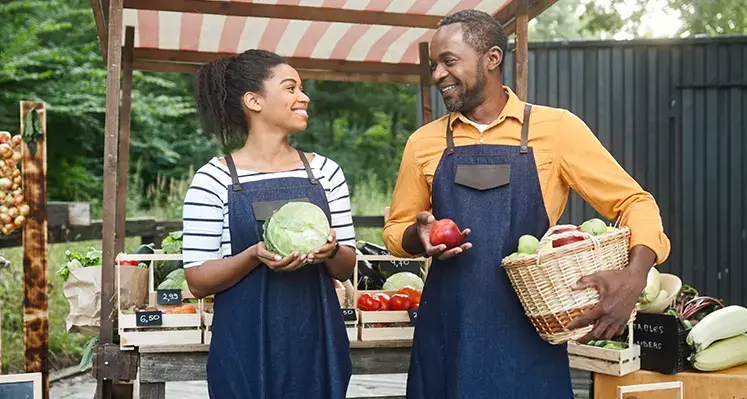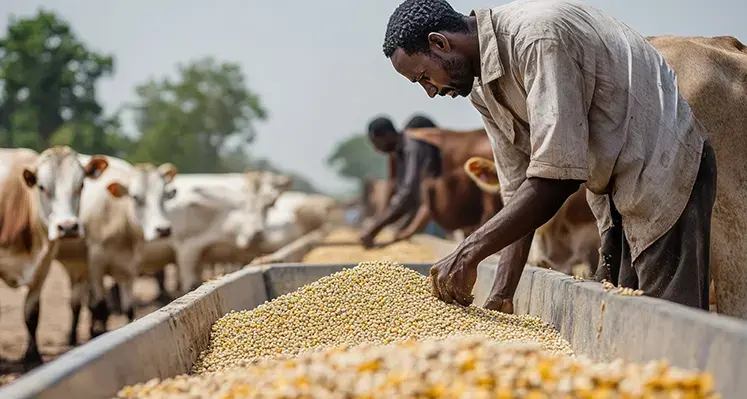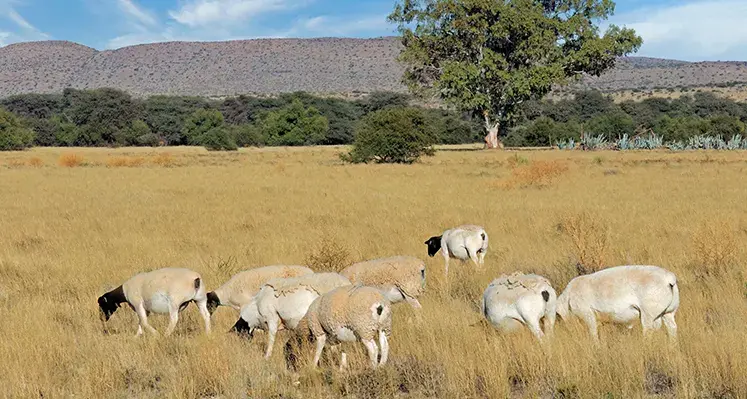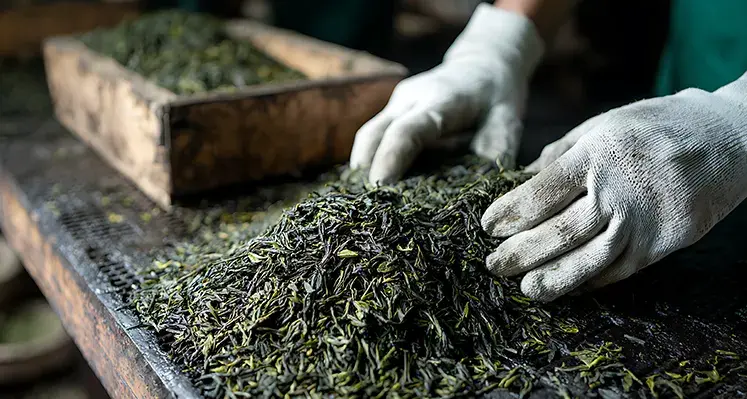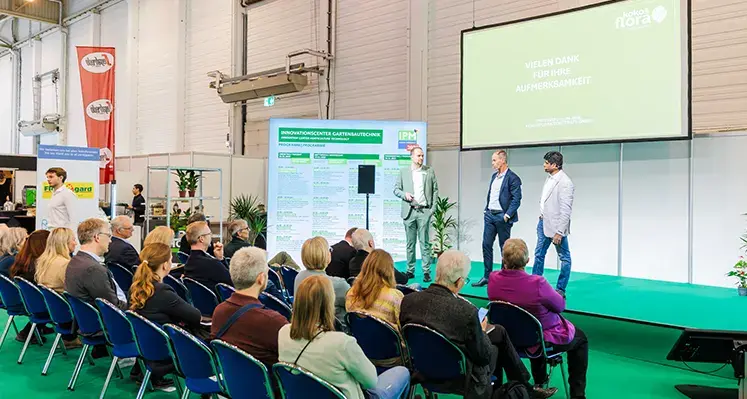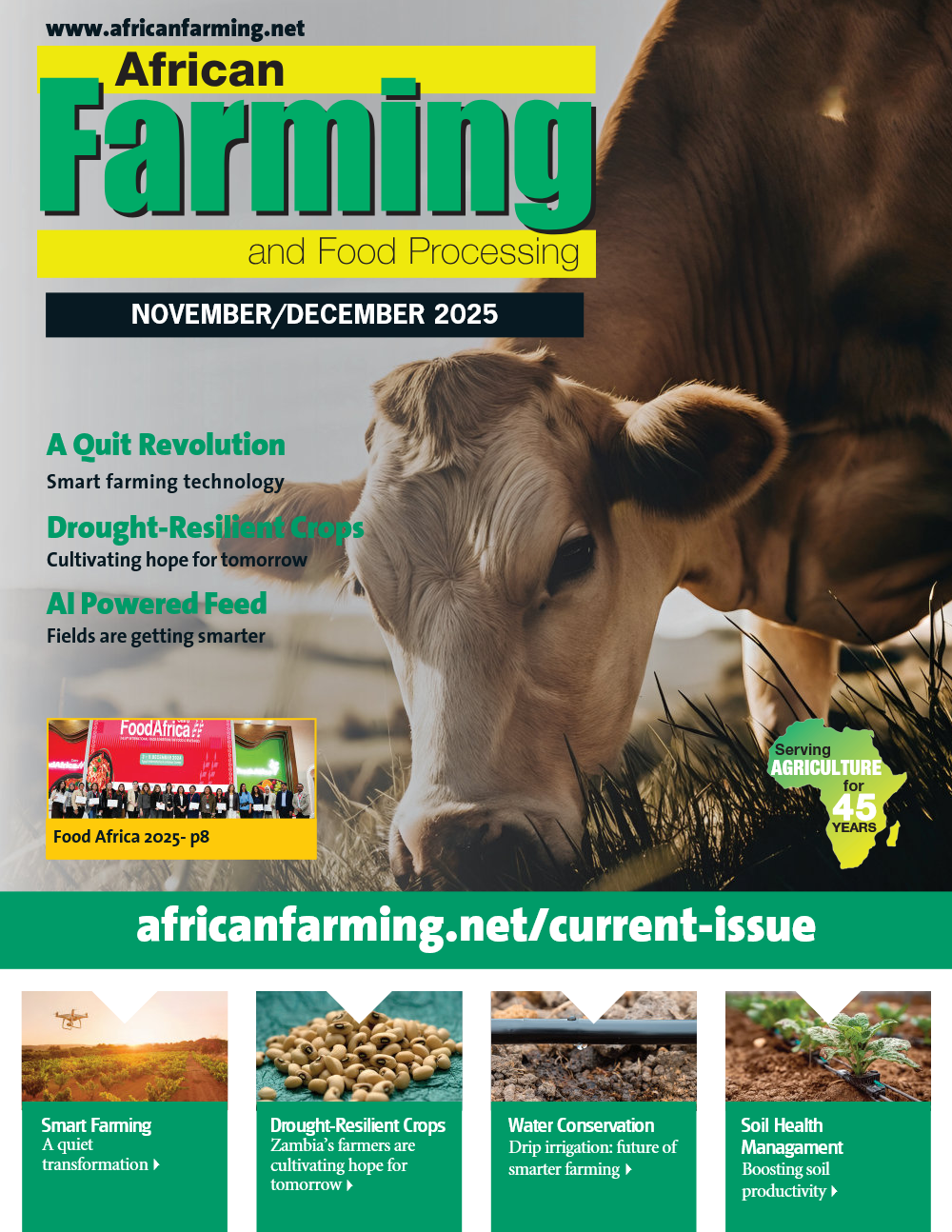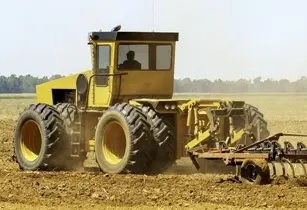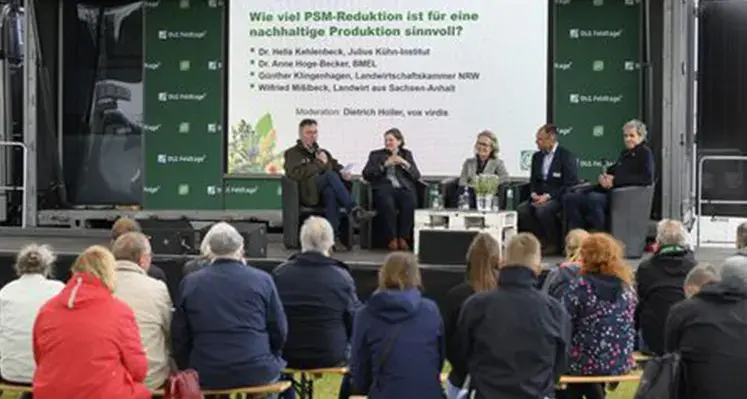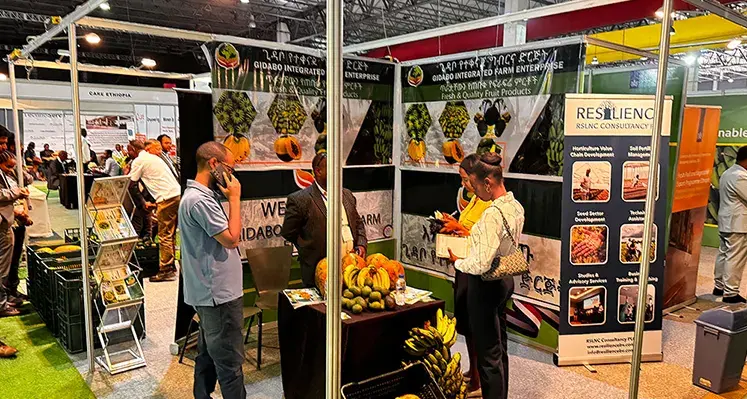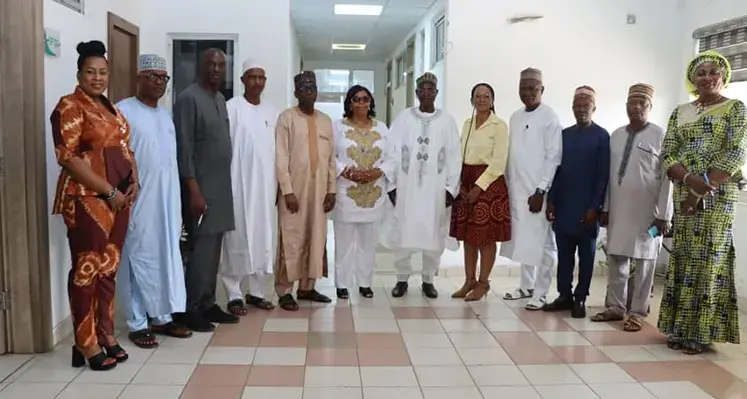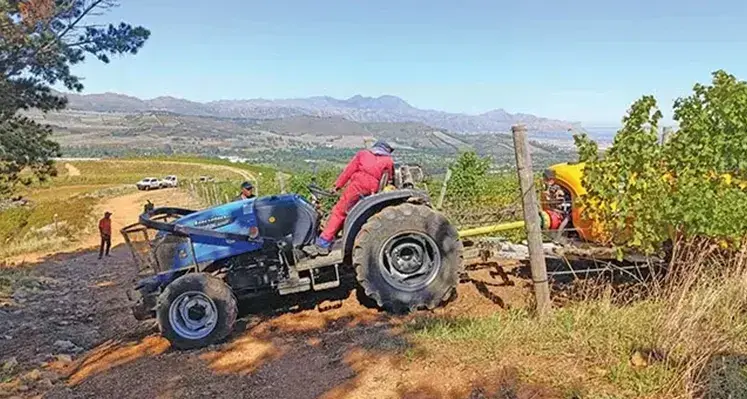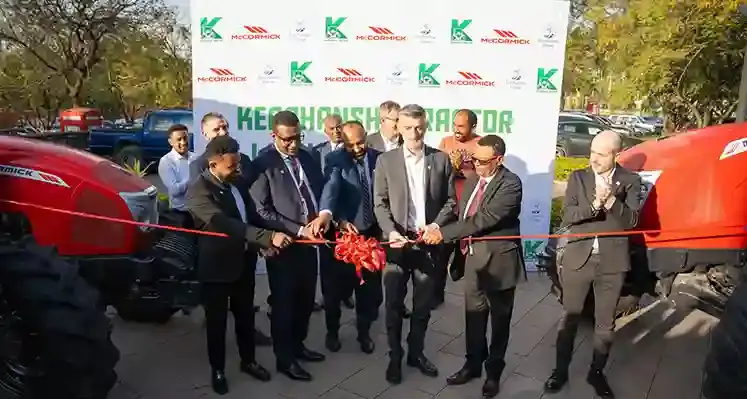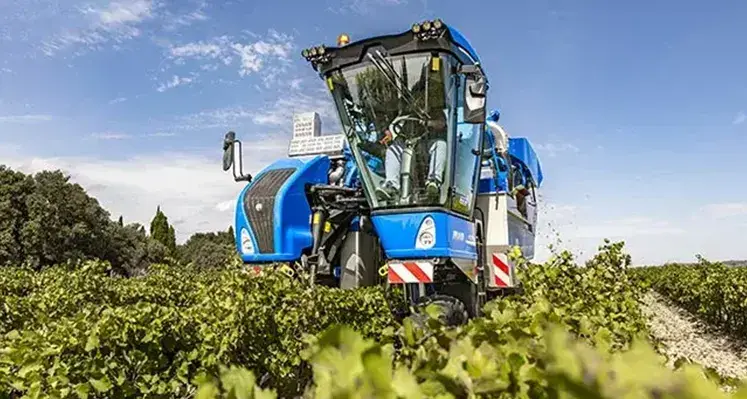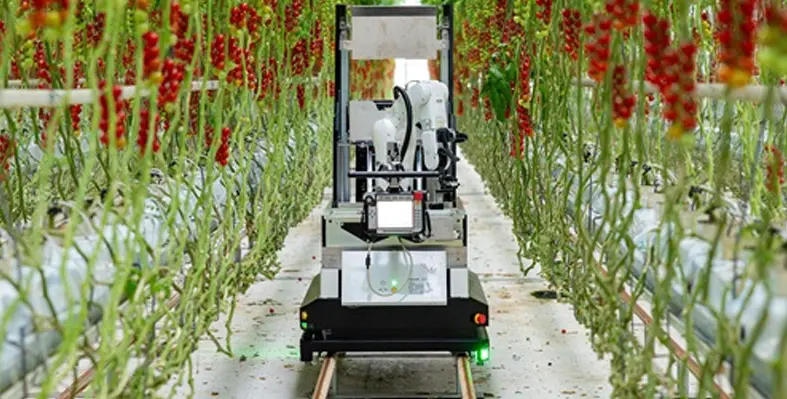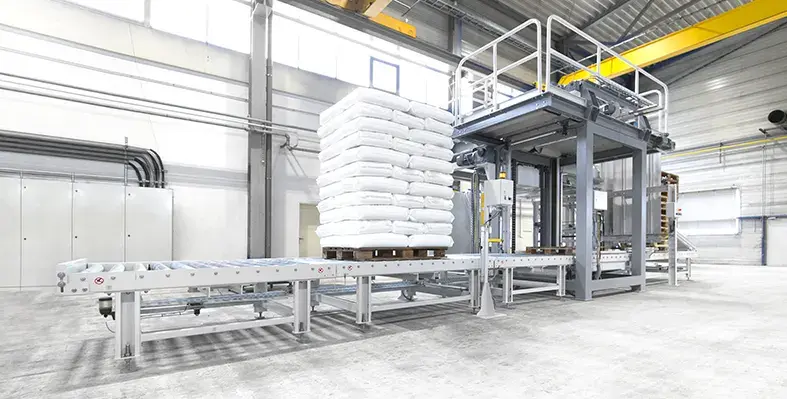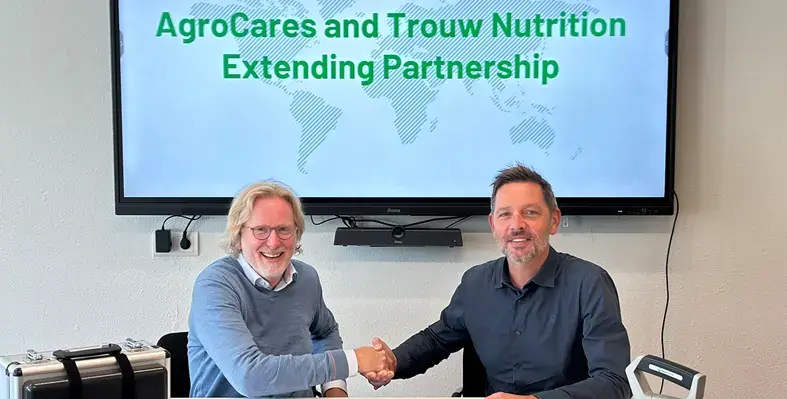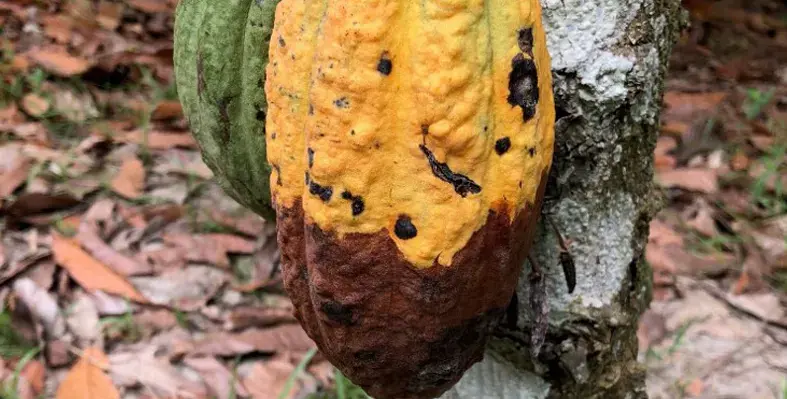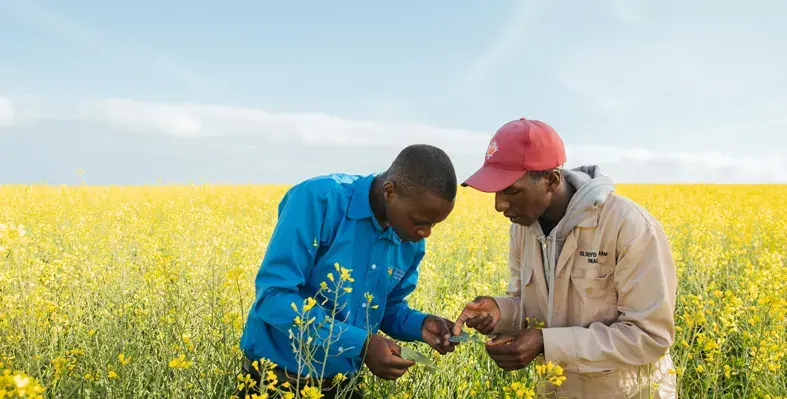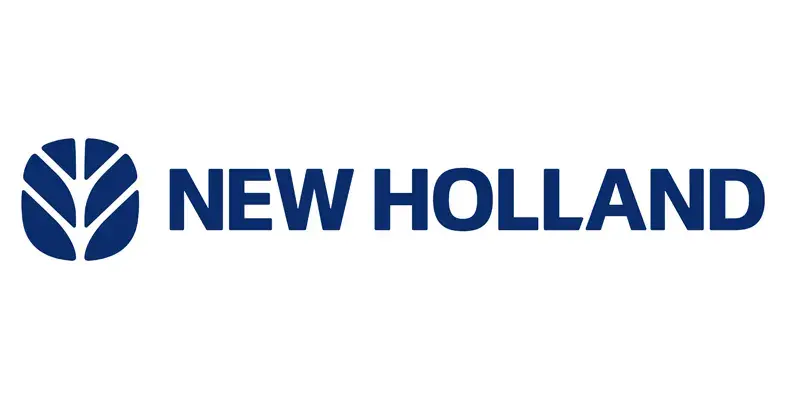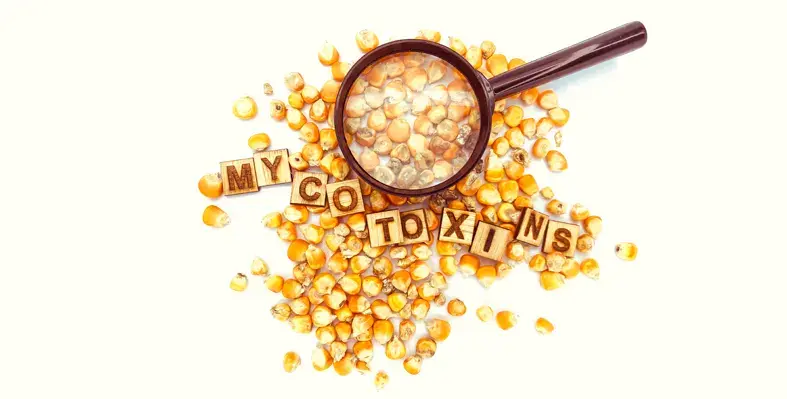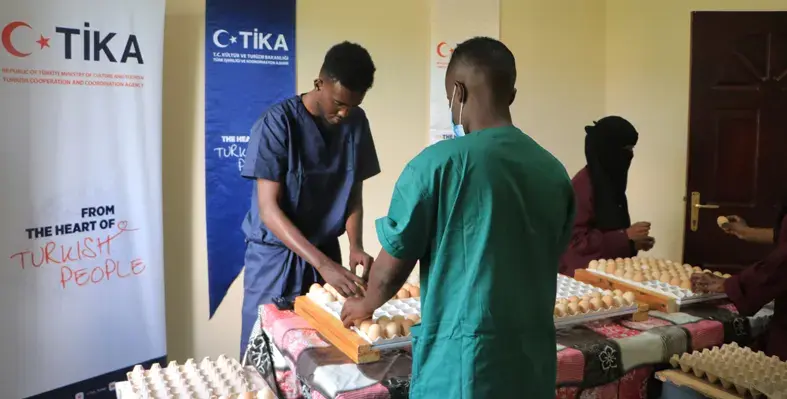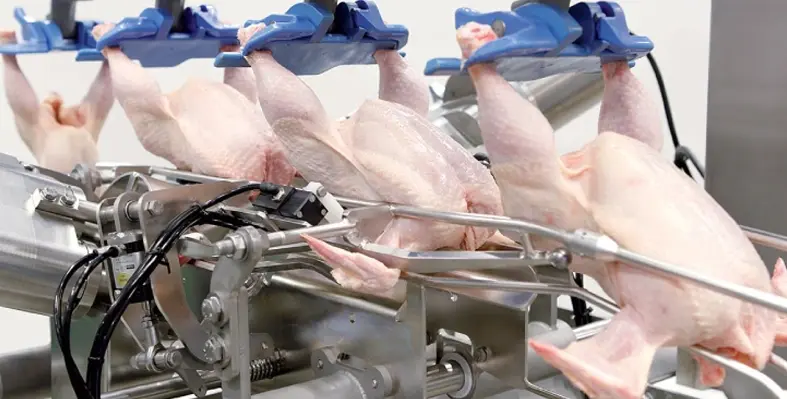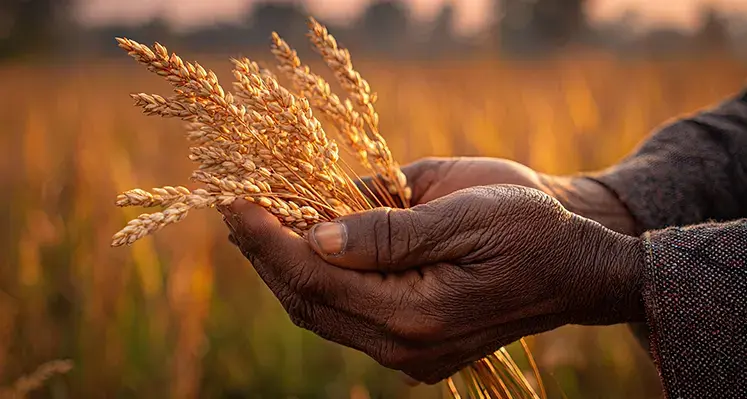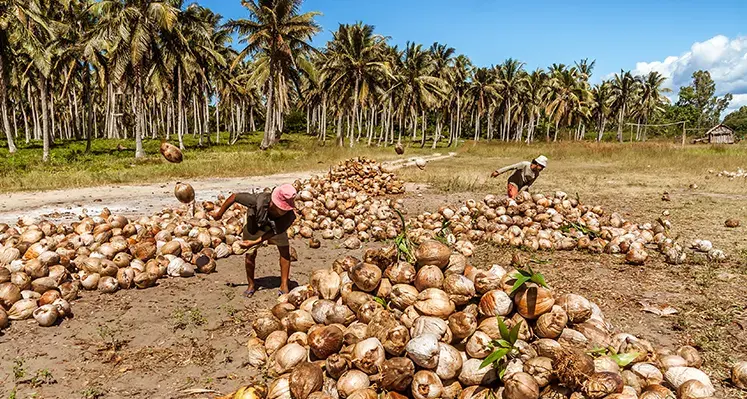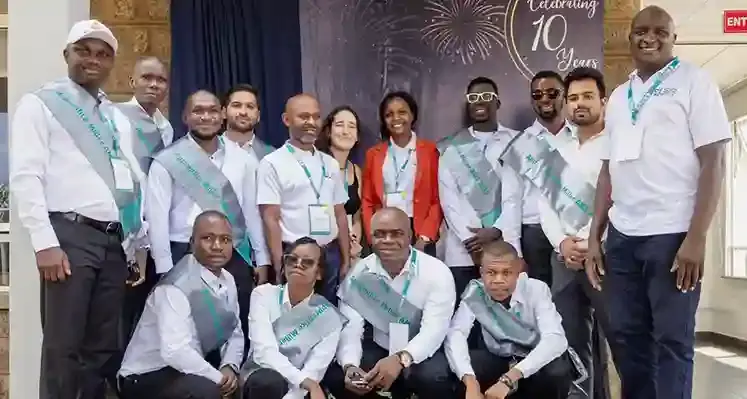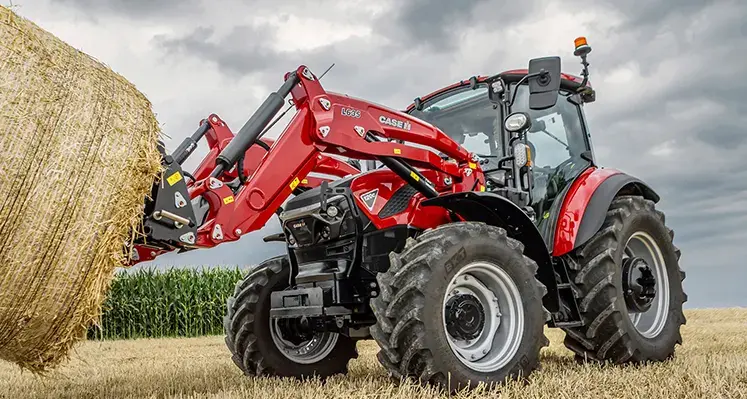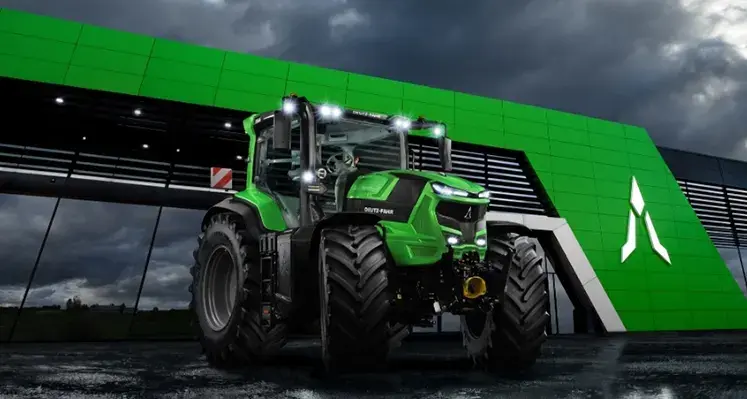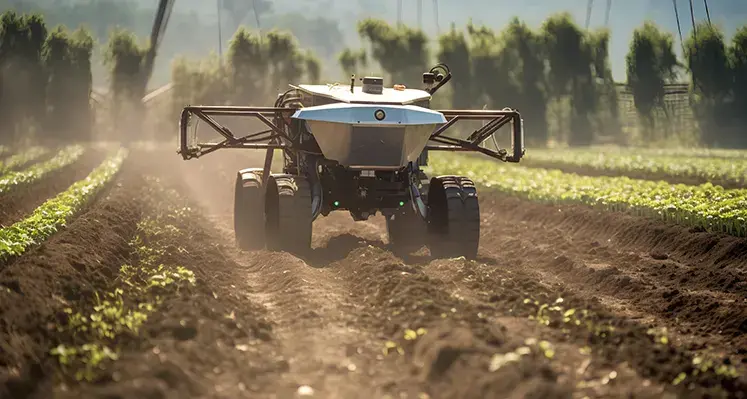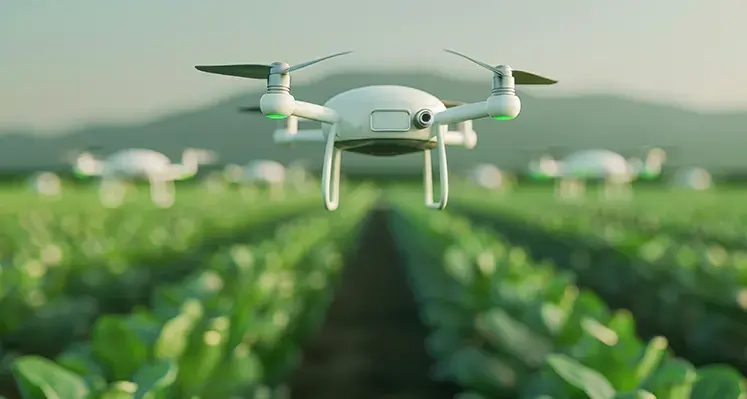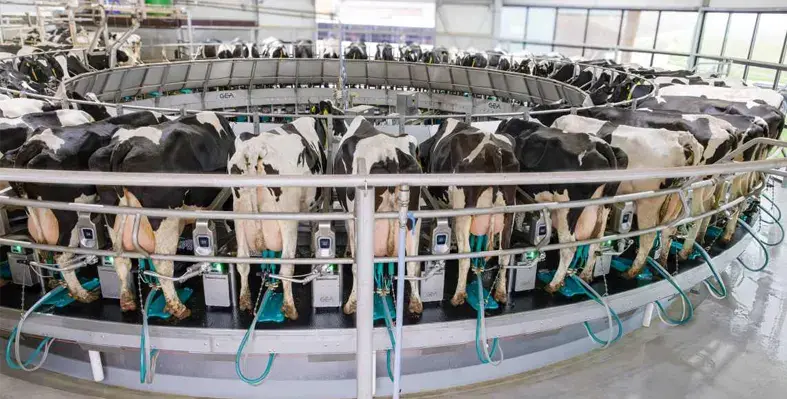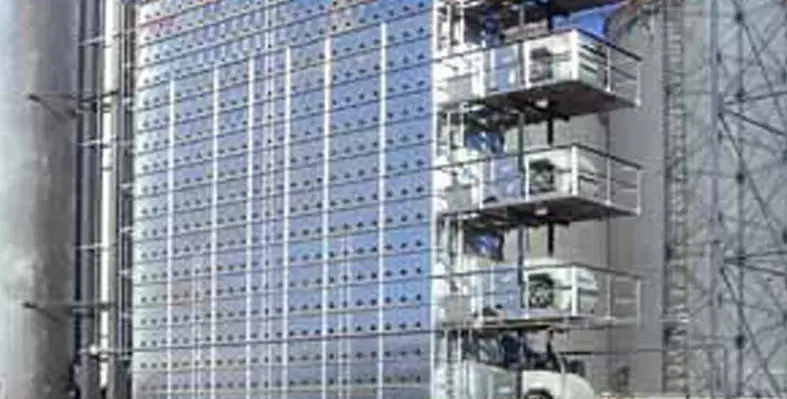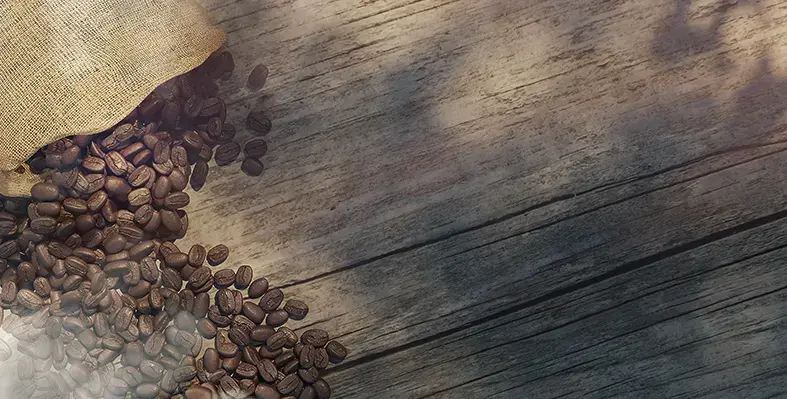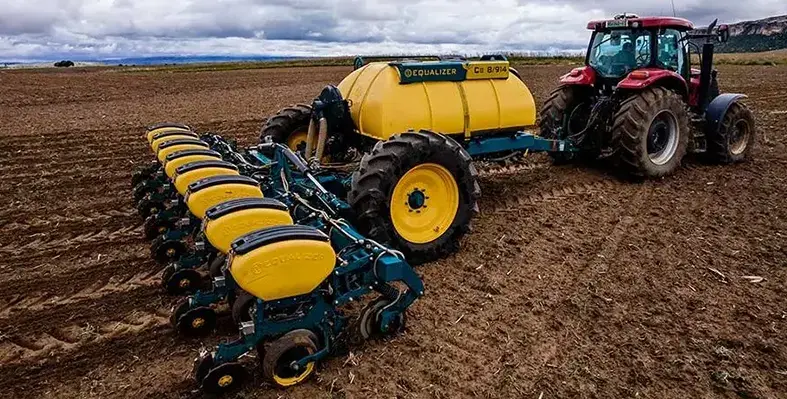Zimbabwe’s agricultural sector is poised for renewed growth following sweeping regulatory reforms that will see several statutory fees scrapped or significantly reduced from the coming year.
The government-led initiative is expected to ease the cost of doing business for farmers, boost productivity and strengthen the country’s food security and export potential.
The reform programme, coordinated by the Office of the President and Cabinet with support from the Treasury and technical assistance from the World Bank, targets more than 20 permits and levies across the livestock, dairy and stockfeed industries. Treasury officials confirmed that once the measures are gazetted, agriculture will be the first sector to benefit before similar reforms are extended to other areas of the economy.
Deputy Minister of Lands, Agriculture, Fisheries, Water and Rural Development Davis Marapira said the new adjustments would begin to take effect with the implementation of the national budget, typically in January.
“The fee adjustment policy takes effect when the budget is implemented, which is usually in January. The impact of that policy must be felt through lower prices for customers,” he said.
According to a Treasury press statement, Zimbabwe’s agriculture sector has long been burdened by excessive regulations, high compliance costs and overlapping institutional mandates. Dairy farmers, for instance, previously required up to 25 permits from 12 agencies, while feed manufacturers needed 23 permits from 10 departments. Beef cattle farmers faced 18 requirements, abattoirs 20, dairy processors 21 and feed processors 23.
The reforms aim to eliminate duplication, simplify compliance and improve efficiency and competitiveness across the agricultural value chain. Among the key changes is the removal of the Agricultural Marketing Authority livestock and cattle levy, the biosafety permit, as well as borehole water abstraction charges and user fees.
Additional reforms include the abolition of farm registration certificates for small and medium-scale farmers, a sharp reduction in dairy processor registration fees from an annual US$350 to a once-off US$50, and a cut in feed manufacturing registration fees to a flat US$20. Livestock movement clearance fees have been halved, while import permits for livestock genetics such as heifers and bulls have dropped from US$100 to US$20.
Export-related costs have also been reduced, with dairy export permits falling from US$900 to US$10, and meat export permit fees lowered to US$100 annually. Environmental impact assessment licence fees have been slashed from 1,5% to 0,05% of project value, capped at US$100 000, and are now payable during operations rather than upfront.
“The government is elevating efforts to retain agriculture as the mainstay and engine of the economy, [and is] cognisant of its crucial role in job creation, particularly for the rural population, supporting 65% of livelihoods and the bulk of the country’s exports,” the Treasury said.
Meanwhile, Marapira cautioned that fee reductions alone would not automatically translate into lower consumer prices.
“The question is whether we have discipline at every level – from the farmer to the middlemen, abattoir, processor, and butcher. Otherwise, someone will take advantage of the government’s fee reductions to make bigger profits. It needs a holistic approach from all of us.
“Some want profit margins of as much as 200%, [or even] 50% in a US dollar environment where the currency is stable. But the government will have heard your concerns as farmers, as retailers,” he added.





